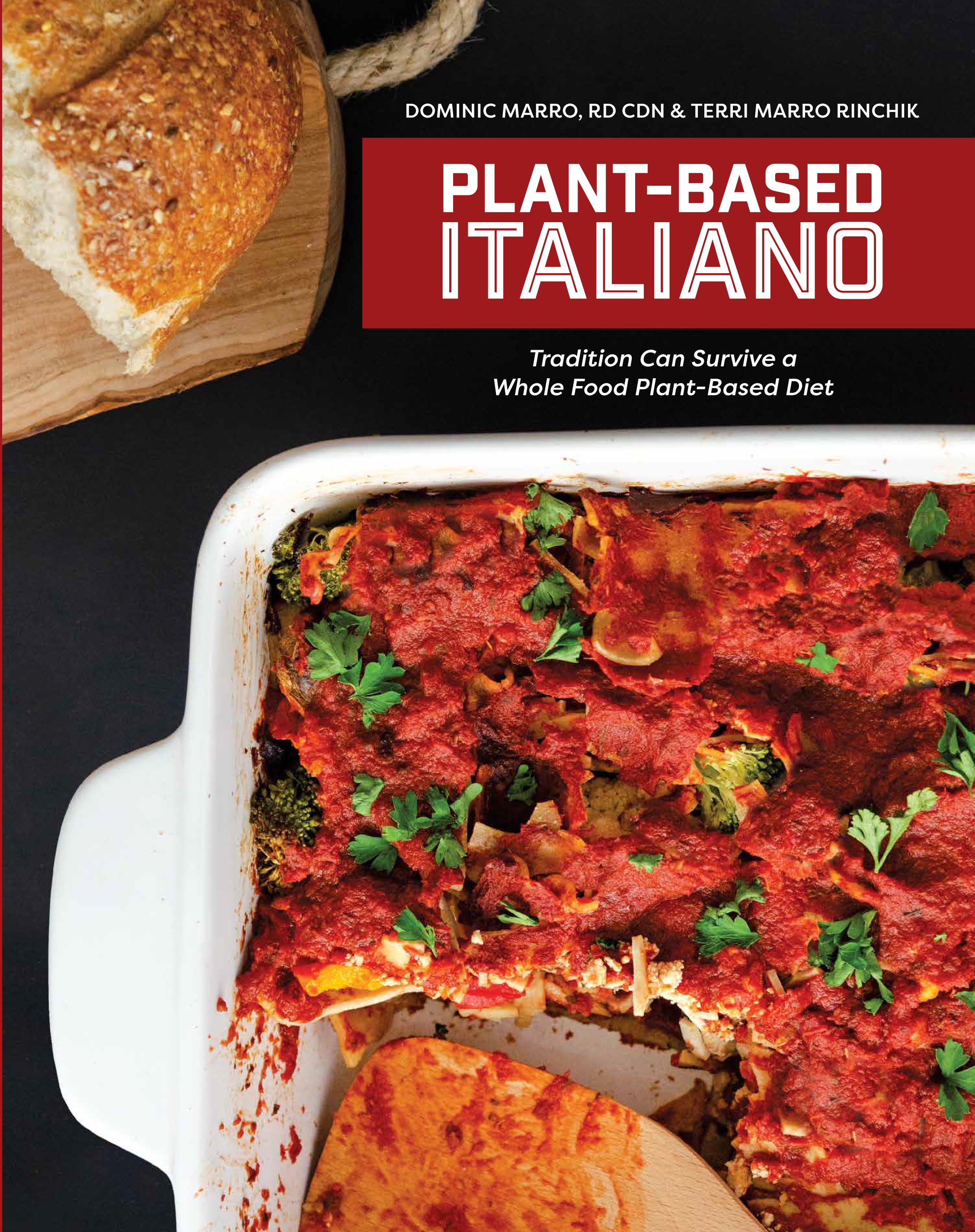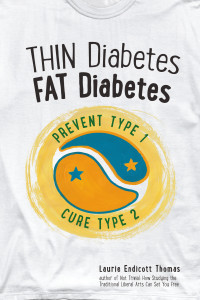Dr. Doug Lisle recently appeared as a special guest on a Dr. McDougall webinar and answered questions on a variety of topics. The entire webinar lasts close to one hour and is well worth the time investment. I’m confident that even the most experienced follower of a whole food plant-based (WFPB) diet will benefit from much of the information Dr. Lisle shares.
This article is going to focus on Dr. Lisle’s practice of strongly encouraging his overweight/obese clients to focus more on changing their environments than changing themselves.
The preponderance of scientific evidence has led Dr. Lisle to conclude that our environment is the determining factor of our behavior. Listening to Dr. Lisle’s explanation triggered a memory of a presentation conducted by Brian Wansink PhD which I attended a few years ago. Dr. Wansink is the John Dyson Endowed Chair in the Applied Economics and Management Department at Cornell University, where he directs the Cornell Food and Brand Lab. He is the lead author of over 100 academic articles and books on eating behavior, including the best-selling Mindless Eating: Why We Eat More Than We Think.
Wansink’s Experiments
Dr. Wansink’s experiments have shown time and time again the powerful effect that our environment has on our eating behavior. One point I remembered from Dr. Wansink’s presentation was the importance of creating an environment that limits the amount of daily food decisions that we are required to make. An example he used to make his point involves something commonly seen in the workplace.
If you have a small bowl on your desk filled with your favorite candy, it forces you to constantly make a food decision. During the course of the day you may ask yourself the question “should I eat some candy?” 100 times. You may answer “no” to that question 99 consecutive times. But if you answer “yes” the 100th time, you’ve eaten the candy.
Experiments have shown that if the bowl was placed on a filing cabinet a short distance from a person’s desk, he/she will eat less candy than when the bowl is on his/her desk. Of course, the best environment would contain no bowl of candy anywhere near the desk.
Small changes in our environment can make a difference.
Someone’s broader social environment can destroy even the most motivated attempt at recapturing health. A prime example of this is demonstrated by the following story. The name was changed to protect the innocent.
Lois’s Story
Lois made the decision to transition to a whole food plant-based (WFPB) diet in an effort to rid herself of her diabetic neuropathy pain. She was able to improve her condition from barely being able to walk to going on 1-hour long walks with her dog. It was so rewarding to see her health improve so much. Dr. John McDougall is correct when he says “helping people get healthy is fun”!
Unfortunately, sustaining her WFPB lifestyle turned out to be very difficult for Lois. The obstacles in her social environment eventually were too much to overcome.
Neither her husband, child and dependent elderly parents followed a WFPB diet. Lois was expected to prepare meals for everyone – all while holding down a full time job. She also had to deal with people who constantly questioned her decision to go WFPB. When her failing parents passed away within a few months of each other, her will became weakened. She resorted to her previous way of eating and her neuropathy pain returned which required her to go back on pain medication.
Lois’s experience led me to agree with Dr. Lisle’s assertion that most people are better off focusing on their environment rather than themselves. Lois was clearly not the barrier to her success, but her environment was a major problem.
Support From Neuroscience Research
This article published in the journal “Nature”, describes research that puts into question whether our conscious decisions are really conscious at all. It turns out that what people think and decide can be predicted up to ten seconds in advance by an MRI machine. Before a person knows that he’s going to eat that chocolate chip cookie, the MRI machine can predict that he will eat it. It appears that decisions are made prior to appearing in our consciousness.
Deep neurologic algorithms are automatically working on problems that concern us. Most of our behavior is emanating from deep, genetically built algorithms. We are much more at the mercy of our environment than we appreciate.
Create an environment that is best for your mind
Because of the automatic workings of your mind, you must set your mind into places where it will work well. Your effort and control is best used at organizing your environment so that when you are in it, you are not fighting these automatic circuits.
This is why:
- There should be NO junk food in the house
- You should have plenty of whole and minimally processed plant foods inside the house, at work, in the car when on a long trip, etc..
- You should have standard lines to say when experiencing social pressure (For ideas go to Dr. Lisle’s web site and watch his video called Getting Along Without Going Along)
In summary, folks transitioning to a WFPB should be persuaded to focus their energies on the areas that are most likely to bring success – their home, work and social environments.
If you’d like to learn more about why our deep, genetically built mechanisms drive us to reach for as much fat, sugar and salt as we can get our hands on, you could:
- Read “The Pleasure Trap” by Lisle and Goldhamer
- Watch “The Pleasure Trap” YouTube video
- Watch this McDougall webinar from 33:45 to 41:55






 E Excerpt from Laurie Endicott Thomas’s amazing book Thin Diabetes – Fat Diabetes by clicking here!
E Excerpt from Laurie Endicott Thomas’s amazing book Thin Diabetes – Fat Diabetes by clicking here!
Speak Your Mind